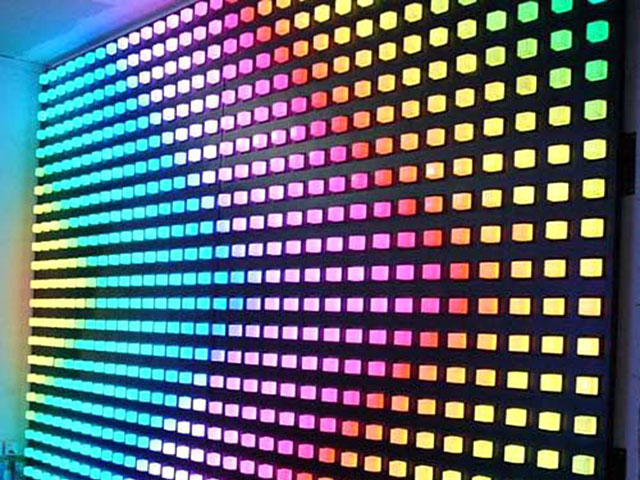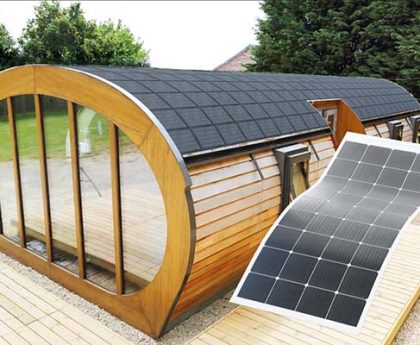LED displays have become a popular choice for outdoor and indoor advertising, events, and other public gatherings. While there are many different types of LED displays available, two of the most common are P6 and P10 displays. In this blog post, we’ll compare the main differences between P6 and P10 LED displays, including resolution, pixel pitch, refresh rate, viewing distance, and cost.
Definition of P6 and P10 LED Displays
LED stands for “light-emitting diode,” and LED displays are made up of arrays of these small, energy-efficient light sources. LED displays can be used to display text, images, and video, and they are known for their high brightness, wide viewing angles, and low power consumption.
P6 and P10 LED displays refer to the size of the individual pixels on the display. P6 displays have a pixel pitch of 6mm, while P10 displays have a pixel pitch of 10mm. The pixel pitch is the distance between the center of one pixel and the center of the adjacent pixel. In general, the smaller the pixel pitch, the higher the resolution and the clearer the image will be.
Comparison of Resolution
One of the main differences between P6 and P10 LED displays is their resolution. P6 displays have a higher resolution than P10 displays, which means that they can display more pixels per square inch. As a result, P6 displays tend to have a clearer and more detailed image quality than P10 displays.
The resolution of an LED display is typically measured in pixels per square meter (ppm). P6 displays typically have a resolution of around 27,777 ppm, while P10 displays have a resolution of around 10,000 ppm.
Comparison of Pixel Pitch
As mentioned earlier, the pixel pitch of an LED display refers to the distance between the center of one pixel and the center of the adjacent pixel. As the pixel pitch decreases, the resolution of the display increases, and the image becomes clearer and more detailed.
P6 displays have a pixel pitch of 6mm, while P10 displays have a pixel pitch of 10mm. This means that P6 displays have a higher pixel density than P10 displays, which translates to a higher resolution and a clearer image.
Comparison of Refresh Rate
The refresh rate of an LED display refers to the number of times per second that the display updates the image. A higher refresh rate means that the display can change the image more quickly, which can be important for displaying fast-moving content or for use in applications where the display will be viewed from close proximity.
P6 displays typically have a higher refresh rate than P10 displays, which means that they can display fast-moving content more smoothly. P6 displays typically have a refresh rate of around 1200 Hz, while P10 displays have a refresh rate of around 600 Hz.
Comparison of Viewing Distance
The optimal viewing distance for an LED display is the distance at which the display is most visible and readable. The optimal viewing distance for an LED display depends on several factors, including the size of the display, the resolution, and the pixel pitch.
In general, P6 displays have a shorter optimal viewing distance than P10 displays. This means that P6 displays are best viewed from closer proximity, while P10 displays are more suitable for viewing from a distance.
Comparison of Cost
Another important consideration when choosing between P6 and P10 LED displays is cost. In general, P6 displays tend to be more expensive than P10 displays. This is due to a number of factors,including the higher resolution and pixel density of P6 displays, as well as their higher refresh rate.
However, the cost of LED displays also depends on other factors such as the size of the display, the type of LED used, and the overall quality of the display. It’s important to carefully consider all of these factors when deciding which type of LED display is the best fit for your needs and budget.
There are also cost-saving considerations to keep in mind when choosing between P6 and P10 LED displays. For example, P10 displays may be a more cost-effective option for displaying static content or for use in applications where the display will be viewed from a distance. P6 displays may be a better choice for displaying fast-moving content or for use in applications where the display will be viewed from close proximity.
Conclusion
In conclusion, P6 and P10 LED displays are two of the most common types of LED displays available. While they both have their own unique features and advantages, they also have some key differences that should be considered when choosing between them.
P6 displays have a higher resolution and pixel density, a higher refresh rate, and a shorter optimal viewing distance than P10 displays. They are also generally more expensive. P10 displays, on the other hand, have a lower resolution and pixel density, a lower refresh rate, and a longer optimal viewing distance. They are generally more cost-effective, but may not provide the same level of image quality and performance as P6 displays.
Ultimately, the best choice for your needs will depend on your specific requirements and budget. It’s important to carefully consider all of the factors discussed in this blog post, as well as any additional features or considerations that may be relevant to your specific application.




